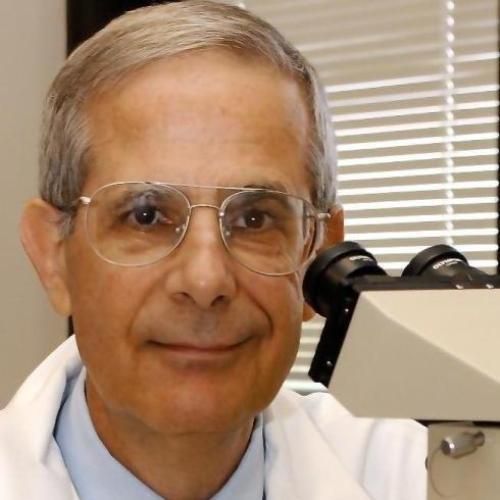
Microassay for the photometric quantitation of cell-associated plasminogen activator using a chromogenic tripeptide substrate.
Plasminogen activator (PA), a neutral protease whose primary function is to convert plasminogen to plasmin, is produced by various cells including macrophages, monocytes, endothelial cells, and tumor cells. This study reports the use of the chromogenic tripeptide substrate D-Val-Leu-Lys-p-nitroanilide (S-2251) and an automated microtiter plate reader spectrophotometer for the determination of PA activity in cells and fluids. There was a linear relationship between the time of incubation at 37 degrees C and the square root of the absorbance measured at 405 nm when urokinase was incubated with the substrate in the presence of plasminogen. There was no activity in the absence of plasminogen. The slopes of the lines (square root A 405/time) were directly related to the concentrations of urokinase, up through 0.05 CTA units. Using this assay, we determined the cellular activity of PA in human promyelocytic cells HL-60 (1.33 +/- 0.12 CTA units/mg), human monocytoid cells U937 (1.27 +/- 0.12 CTA units/mg), mouse myeloid leukemia cells RFM/UN (0.70 +/- 0.07 CTA units/mg), freshly isolated normal human monocytes (0.00 +/- 0.00 CTA units/mg), and human monocytes after 7 days in culture (5.66 +/- 0.38 CTA units/mg). There was a variable amount of activity expressed in freshly isolated cells or cell lysates of peritoneal macrophages from normal mice, or mice that had gotten intraperitoneal injections of peptone, thioglycollate, or NaIO4, but after 24 or 48 h of culture, these activities, in general, increased. Using this assay, PA levels in the euglobulin precipitates from human plasma prepared without venous occlusion (0.03 +/- 0.02 CTA units/mg protein) or after 5 min of venous occlusion of the arm (0.18 +/- 0.01 CTA units/mg) were comparable to those reported by others using different assays. Thus, this represents a simple, rapid, accurate assay of PA that should be useful to those in immunology, cell biology, and clinical medicine.
Duke Scholars
Published In
DOI
ISSN
Publication Date
Volume
Issue
Start / End Page
Location
Related Subject Headings
- Spectrophotometry
- Plasminogen Activators
- Oligopeptides
- Monocytes
- Microchemistry
- Mice
- Leukemia, Myeloid, Acute
- Leukemia, Experimental
- Kinetics
- Immunology
Citation

Published In
DOI
ISSN
Publication Date
Volume
Issue
Start / End Page
Location
Related Subject Headings
- Spectrophotometry
- Plasminogen Activators
- Oligopeptides
- Monocytes
- Microchemistry
- Mice
- Leukemia, Myeloid, Acute
- Leukemia, Experimental
- Kinetics
- Immunology


